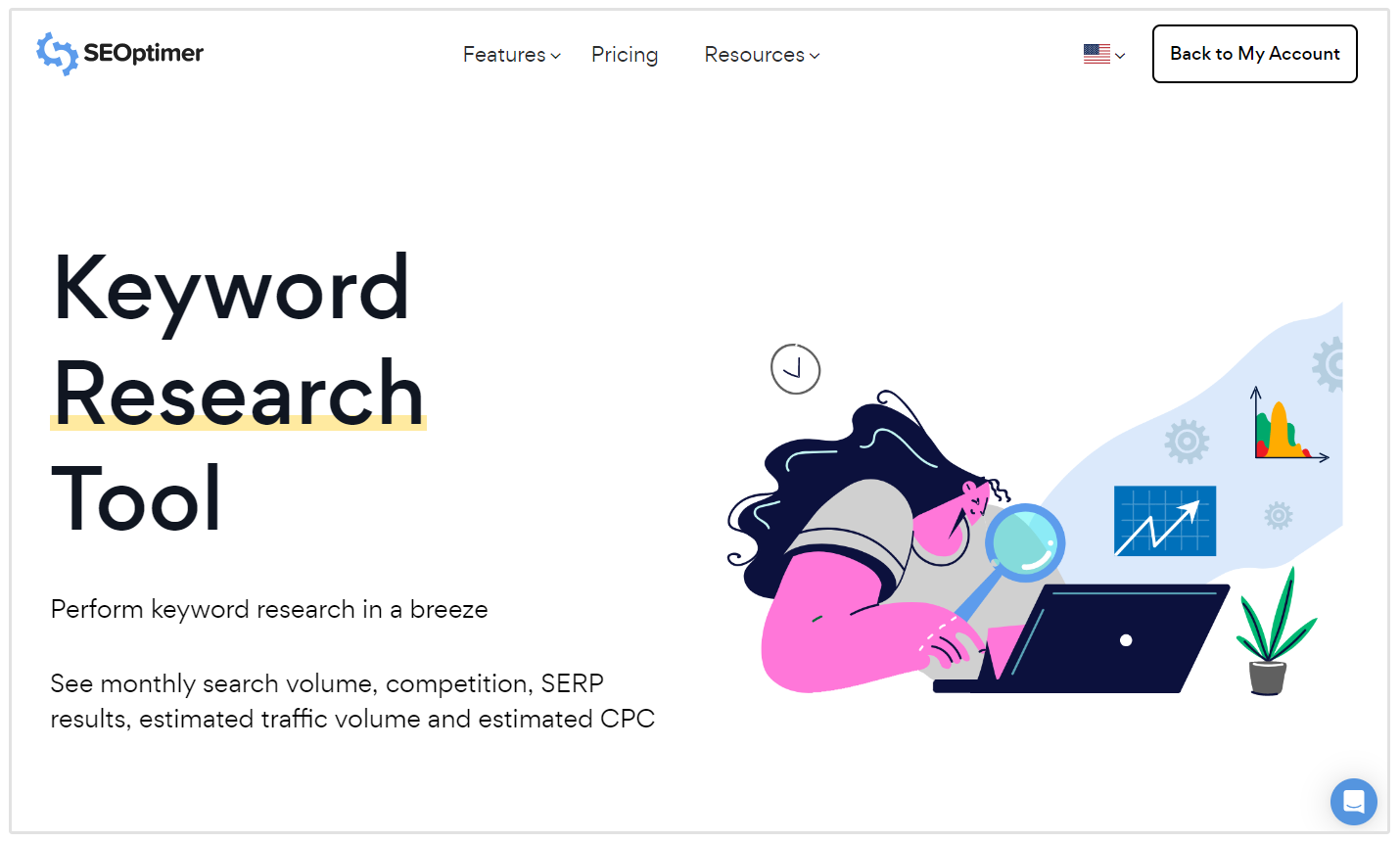Opening Secondary Dimensions in Google Analytics: Definition and Practical Use Cases Explored
Opening Secondary Dimensions in Google Analytics: Definition and Practical Use Cases Explored
Blog Article
Maximizing Your Data Analysis With Secondary Dimension in Google Analytics for Informed Decision-Making
In the world of digital analytics, the ability to essence meaningful understandings from information is critical for making educated choices that drive company success. Google Analytics, a powerful device in the hands of electronic online marketers and experts, offers a function recognized as Second Dimension. This often-underutilized feature has the prospective to reveal a riches of details that can provide a much deeper understanding of user behavior and web site efficiency. By using the capabilities of Additional Measurement, users can acquire a much more thorough sight of their information, enabling them to make critical choices based on a more nuanced and comprehensive analysis.
Understanding Second Measurement Capability
Comprehending the additional dimension capability in Google Analytics boosts the deepness of data analysis by providing added context to key metrics. By integrating a second measurement, analysts can section and compare information, getting insights that would certainly otherwise continue to be concealed. This function allows customers to check out data with various lenses, such as the resource of traffic, user actions, or geographic location, providing a more comprehensive understanding of web site performance.
Using secondary measurements can reveal patterns and relationships that may not be noticeable when looking entirely at key metrics. As an example, matching the primary metric of page views with a secondary measurement like gadget category can reveal whether specific tools drive more web traffic to details pages. This details can after that inform site optimization approaches customized to different gadget individuals.
Implementing Secondary Dimension in Reports
Building upon the insights gotten with second measurement evaluation, including these measurements efficiently right into records in Google Analytics is critical for extracting actionable data-driven decisions. what is a secondary dimension in google analytics. By implementing secondary dimensions in records, individuals can dig much deeper into the performance metrics of their site or app. This attribute allows for a more comprehensive analysis by providing added context to the key measurement picked
To apply a second measurement in records, just navigate to the desired report in Google Analytics and click on the "Additional dimension" tab located over the information table. From there, individuals can select from a vast array of additional dimensions such as 'Source/Medium', 'Device Group', or 'Touchdown Page'. Selecting the most relevant secondary dimension will certainly depend upon the particular insights you are looking for to discover.
Utilizing second measurements in reports not only boosts the depth of analysis yet likewise aids in identifying fads, patterns, and correlations that might have otherwise gone unnoticed. This critical method to data analysis makes it possible for companies to make educated choices that drive development and success.

Analyzing Information With Secondary Measurements
Upon incorporating secondary measurements right into information evaluation within Google Analytics, a detailed examination of key performance indicators can be achieved, providing useful insights for calculated decision-making. By using additional dimensions, analysts can further dissect their key information measurements, such as traffic sources or customer demographics, to uncover patterns or fads that may not be quickly apparent. This deeper degree of evaluation enables for a more comprehensive understanding of individual behavior and interactions on a web site or electronic system.
Assessing information with secondary dimensions allows marketing experts and web site owners to answer even more particular questions concerning their target market, content efficiency, and advertising efforts. For circumstances, by integrating the primary measurement of web traffic sources with a secondary measurement like geographical location, businesses can determine which regions drive one of the most important traffic to their website. This kind of granular insight can notify marketing techniques, web content development, and internet site optimization efforts to better provide to the needs and choices of their target audience.
Leveraging Secondary Dimensions for Insights
By including secondary measurements properly, analysts can draw out much deeper insights from information sets in Google Analytics, improving the understanding of customer behavior and performance metrics. Leveraging second measurements entails integrating various attributes or metrics with main information to reveal patterns and trends that may not appear in the beginning glance. As an example, by including a second measurement such as 'Device Category' to a report on web site traffic, analysts can discern whether customer habits differs throughout various devices like desktops, smart phones, or tablet computers.
In addition, utilizing secondary measurements permits experts to sector information much more granularly, enabling them to identify particular audience segments or geographical areas that show distinctive behaviors. what is a secondary dimension in google analytics. This segmentation can be important great site in tailoring marketing strategies, optimizing internet site web content, or boosting user experience based on the unique characteristics of site here each sector
Fundamentally, leveraging additional dimensions in Google Analytics empowers experts to dig much deeper right into data, derive purposeful understandings, and make informed choices that drive organization growth and success.
Enhancing Decision-Making Via Additional Measurements
Utilizing second measurements in data evaluation supplies a strategic advantage by discovering actionable understandings that drive notified decision-making in Google Analytics. By enhancing decision-making via additional measurements, users can dive much deeper into their information to extract beneficial info that may not be immediately noticeable. These additional dimensions provide an even more detailed view of individual behavior, communications, and end results, allowing experts to make more enlightened decisions based upon concrete data.
With the utilization of second measurements, experts can section and filter information to identify patterns, patterns, and correlations that may affect decision-making processes. This enhanced level of granularity permits an extra targeted method to assessing data, causing even more informative and accurate final thoughts.
In addition, secondary dimensions give the opportunity to compare different information factors side by side, assisting in an extra comprehensive examination of efficiency metrics and KPIs. By leveraging secondary measurements effectively, companies can enhance their approaches, boost user experiences, and eventually accomplish their objectives with confidence.
Conclusion

Structure upon the insights gotten through second dimension analysis, including these dimensions efficiently right into records in Google Analytics is important for removing actionable data-driven decisions.To carry out a second dimension in reports, just browse to the wanted record in Google Analytics and click on the "Secondary measurement" tab located above the information table. By making use of second dimensions, analysts can even more explore their key data dimensions, such as website traffic resources or customer demographics, to reveal patterns or trends that might not be promptly noticeable. By integrating the key dimension of traffic sources with a secondary dimension like geographical location, companies can determine which regions drive the most beneficial traffic to their site.By incorporating second measurements effectively, experts can remove much deeper understandings from information collections in Google Analytics, boosting the understanding of customer habits and performance metrics.
Report this page